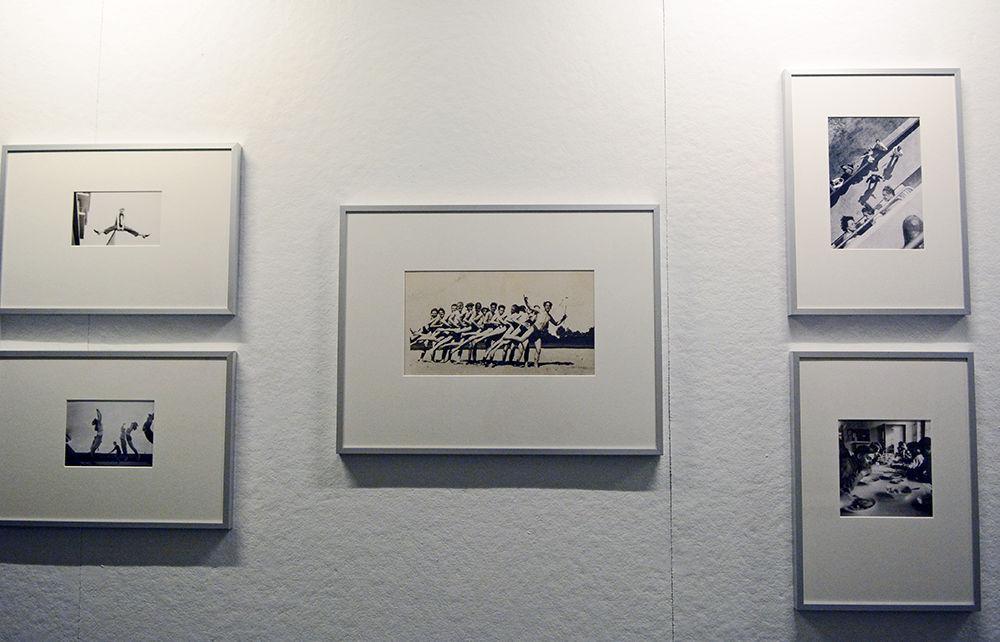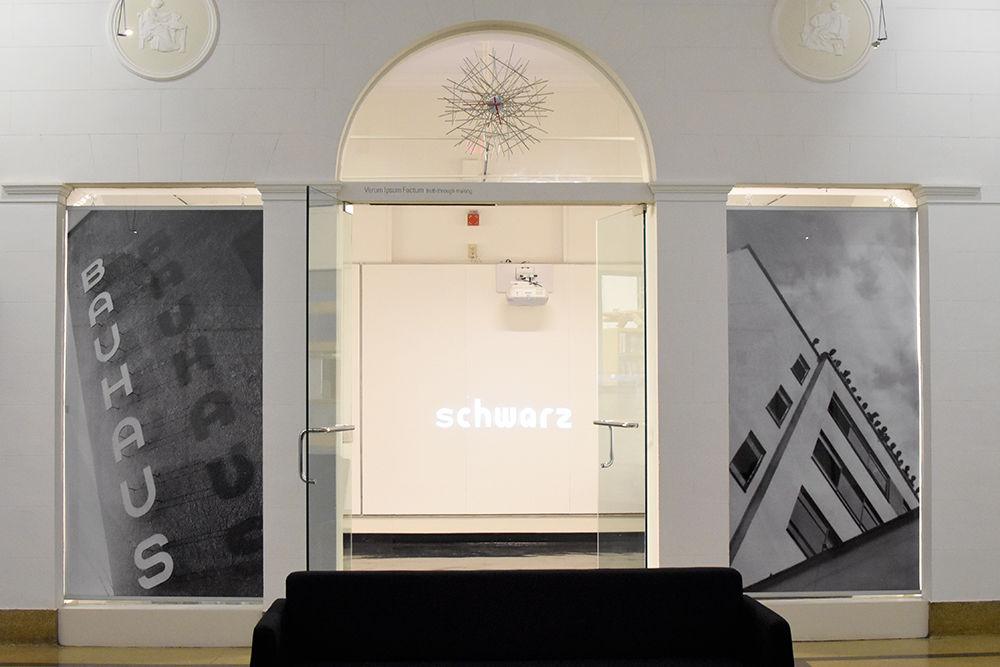This year marks the 100th anniversary of the Bauhaus, an influential 20th-century school of design founded in Germany. In honor of the anniversary, the Bauhaus-Archiv/Museum für Gestaltung in Berlin have created a traveling exhibit of photos taken at the school. NC State is the first venue in the U.S. to host the exhibit, titled “bauhaus.photo,” which contains 100 reproductions of photos from the official collection in Berlin.
The Bauhaus was founded in 1919 in Weimar, Germany by architect Walter Gropius. The school aimed to teach students both craftsmanship and artisanship to create a well-rounded, unconventional education.
The Bauhaus was a school of design that did not follow any of the conventions of the time. Margret Kentgens-Craig, an adjunct associate professor of architecture and the former head of the department of archives and collections at the Bauhaus Dessau Foundation in Germany, talked about the school’s philosophy.
“The Bauhaus was a totally new concept of education, of art and design education, and it was completely experimental and into innovation,” Kentgens-Craig said. “Innovation is maybe a keyword for students of engineering as well as design and architecture. … The Bauhaus developed a concept a bit later that they called ‘art and technology, a new unity.’ So this idea of bringing the arts together with technology and manufacturing production has become a very strong concept in the decades to follow.”
The Bauhaus ended up moving two times, once in 1925 to Dessau and in 1932 to Berlin as mentioned by Kentgens-Craig. However, during World War II, the Nazis put increased pressure on the Bauhaus. In 1933, under director Ludwig Mies van der Rohe, the Bauhaus decided to end the school on its own terms. Afterwards, many of the school’s key figures fled to the U.S., where their philosophy was well received. Many of the former Bauhaus collaborators ended up teaching in schools across the country including Harvard, Yale, the Illinois Institute of Technology and Black Mountain College in Asheville, North Carolina.
According to Kentgens-Craig, the history of the NC State College of Design and the Bauhaus are closely intertwined. The college of design was founded in 1948 by Henry L. Kamphoefner, who modeled the school after the Bauhaus. Additionally, in the early 1950’s Kamphoefner invited key figures from the Bauhaus to give workshops and lectures to the students of NC State.
David Hill, the head of the school of architecture, emphasized the influence of the Bauhaus.
“It’s hard to overstate [its] importance because so many of the schools that were really progressive architecture and design schools in the ‘40’s, ‘50’s, the ones that were most progressive were really influenced heavily by the Bauhaus,” Hill said. “NC State, the school of architecture was one of those places. Our school began here in 1948, 1949 and was it really drawn from Bauhaus precedents. There were only a handful of schools out there in architecture moving away from a more traditionalist style of education … but those schools were definitely seen as progressive schools.”
The exhibit helps participants to discover more about life at the Bauhaus, as Kentgens-Craig mentioned.
“The Bauhaus photographs are telling the whole story,” Kentgens-Craig said. “Hopefully they will encourage some of the students to go in to learn a little bit more about the Bauhaus … It has four segments and one segment is living the Bauhaus. And you get an impression of how carefree a life students were able to lead in the ‘20’s in that interesting design school.”
Hill also spoke about the exhibition.
“What I think is really remarkable about this show is it captures daily life, and it captures [the] personalities of the school,” Hill said. “What I think is really important to design schools out there is that they have the spirit of the people there; the students, the faculty all engaged in sharing ideas and working together, playing together, socializing together. I think a lot of these photos capture that spirit of the Bauhaus.”
The bauhaus.photo exhibition will be on display in the Brooks Hall Gallery until Feb. 15.
Art from the "bauhaus.photo" gallery can be seen in Brooks Hall on from Jan. 7 to Feb. 15. The gallery features photographs and video from the Bauhaus Archiv in Berlin, Germany. The word "schwarz", meaning black, was featured in a video displaying black, white, and gray coloration on moving objects.














